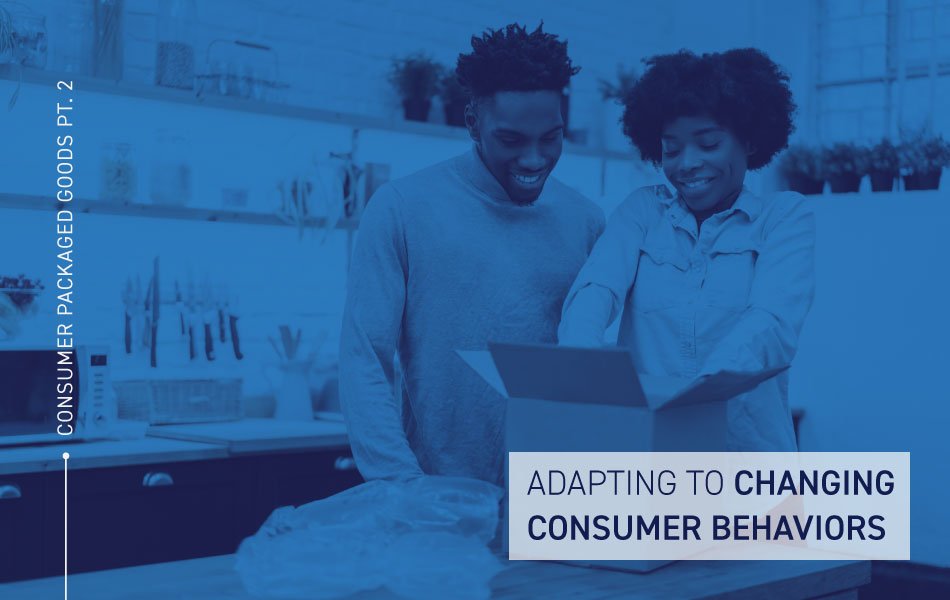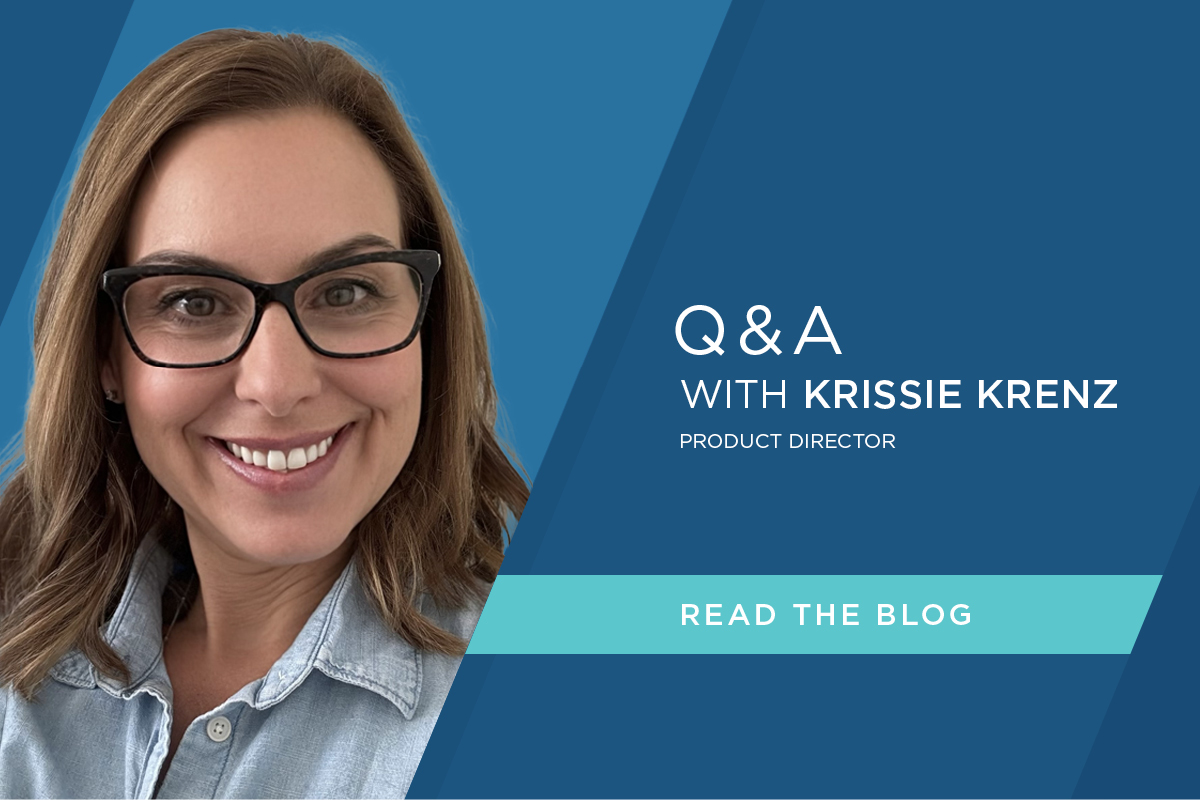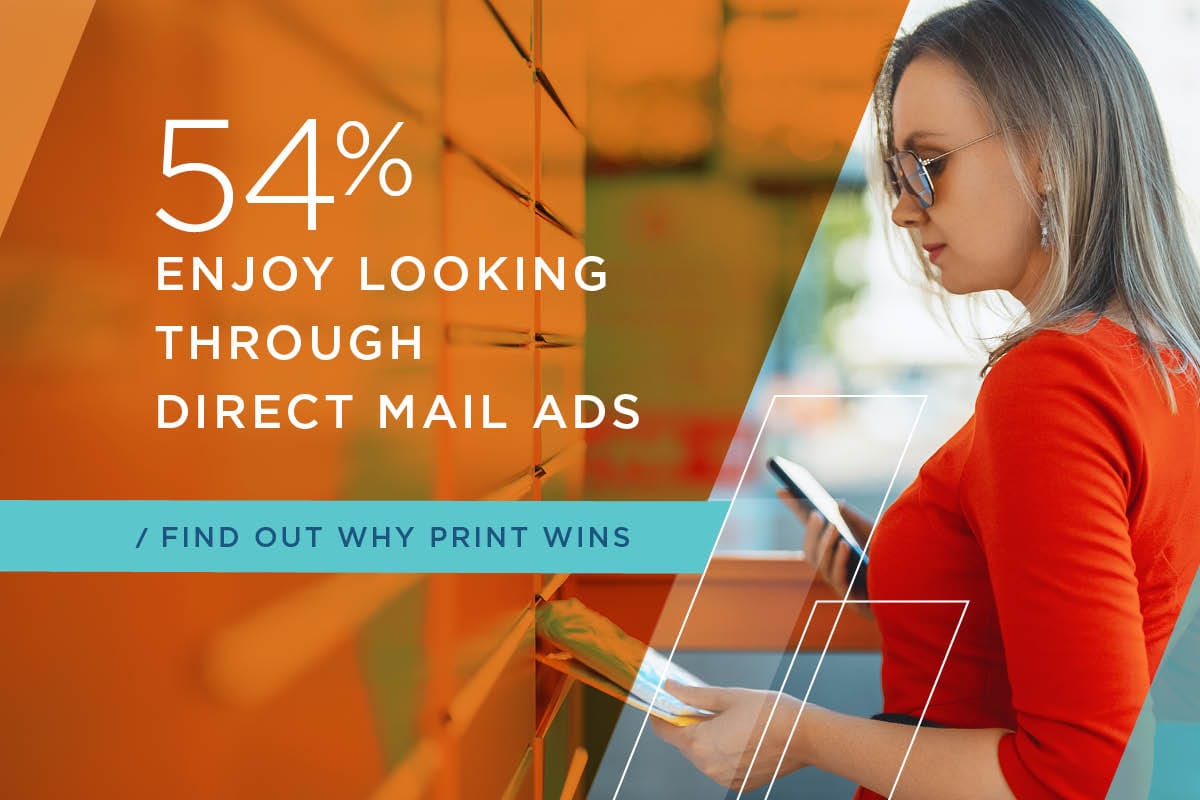Summary
- It’s hard to ignore COVID-19’s impact on the world of buying and selling.
- Consumer shopping behaviors have dramatically changed in a short period, and what might have seemed like a necessity just a few months ago now feels like a luxury.
Uncertainty has a knack for changing consumer demand, ultimately forcing brands to rethink their customer relationships. But every change creates an opportunity for brands to connect in new and different ways. Sometimes, these new methods are as old as marketing itself.
Enter the coupon marketing strategy.
Coupons have long played a pivotal role in consumer packaged goods (CPG) marketing. They’re often the easiest and most effective tactic to encourage consumers to try a new brand. But during uncertain times, coupons can also be seen as a token of support that offers relief for those concerned about household budgets. When positioned correctly, they can also deliver a message of connection and caring.
These days, coupons alone will get you only so far. In the second installment of this series, we will discuss how brands must first account for how consumer behavior has changed if they hope to retain customers (and acquire new ones) with coupon marketing strategies.
(See part 1 here.)
How Has Consumer Behavior Changed?
According to data, consumer interest in areas such as healthcare, the economy, and remote work has increased in the wake of COVID-19. Of the more than 1,300 topics we track and categorize, however, only about 2% of them experienced upticks in activity.
This certainly points to most customers trying to maintain some semblance of normalcy. But look a little closer at those findings, and you’ll find that there are opportunities for brands to engage with and provide value to current or potential customers.
Research from the Path to Purchase Institute found that 83% of consumers are seeking deals during the pandemic — 27% of whom are doing so more often due to concerns related to the coronavirus. About 24% of consumers are using coupons more because of fears related to the U.S. economy.
This interest in coupons as a means to save and plan purchases during the pandemic is supported further by our research. In a consumer survey conducted the week of April 27, 2020 46% of respondents reported they are more interested in deals, coupons, or promotions than they were before the pandemic. Additionally, 32% of respondents said they had tried a new product, business, or brand because of a coupon or offer received in the mail since the pandemic began.
Uncertainty is another driving force behind the shift in consumer behavior toward overall shopping. A consumer survey we conducted during the week of April 27, 2020 found that 57% of consumers increased their online shopping and that 18% of respondents used grocery delivery for the first time. Specific to the option to buy online and pick up in store (BOPIS), our March 30, 2020 survey found that 11% of respondents had tried it for the first time; 14% were increasing how frequently they use BOPIS versus before the pandemic.
But the research’s most eye-opening stat relates to what the pandemic will mean to future buying routines: Half of the respondents predicted they will adopt new shopping habits even after the pandemic ends. Acknowledging this shift now gives brands an opening to build relevancy with their core customers — and potential new ones — through the end of the pandemic and beyond.
The coronavirus will undoubtedly continue to change consumer behavior for the near future, and brands that manage to adapt their marketing strategies to this new normal stand to gain the most. An offer as basic as a coupon can keep a brand top of mind for consumers — and can even be seen as a gesture of support that encourages loyalty and helps to maintain market share.
Though it should go without saying, knowing how consumer behavior has changed as it relates to key buyers is even more critical to the marketing process. It ensures that brands give customers what they want in terms of products, services, and promotions.
We will explore more of that in a later post. Until then, please check out the our CPG content hub for more information on CPG marketing strategies.



